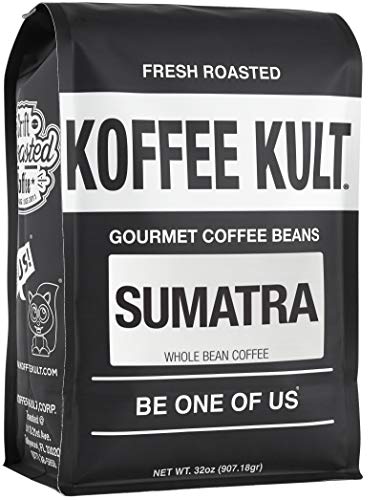

Naibaho dries the coffee in large covered terraces, the coffee is raked regularly and is protected from rainfall, resulting in a surprisingly clear cup profile. A full bodied cup exploding with earthy fruitiness, and bright acidity, with a richness that lingers on the back of the palate.

Thanks to Giling Basah, the beans have a striking bluish jade colour and the coffee has a distinctive flavour profile with pronounced sweetness and more body. Already then, the seeds are freed from the parchment skin and dried further - and this is exactly the difference to most other methods, where the parchment skin is removed only shortly before the ready-dried coffee is shipped. The coffee cherries are then processed using the Giling Basah method, which is widely used in Indonesia: the seeds are de-pulped and only briefly dried until the moisture content is around 50% (instead of the usual 10-12%). To ensure high coffee quality, the coffee farmers harvest three times and only pick the ripest cherries. The coffee comes from the Naibaho cooperative and grows at an altitude of 1'400 - 1'700 metres above sea level. Lintong Nihuta is located on the southwestern tip of Lake Toba, high on a plateau, and has extremely fertile soil thanks to a supervolcano eruption about 70,000 years ago. In particular, coffee is grown in ACEH, Lin Tong, the Southwest Region and. The soil is volcanic in origin, making it very fertile. The islands are hot, humid, and tropical, creating a great environment for coffee to grow. The coffee grows in the Lintong Nihuta region in Sumatra, Indonesia. Sumatra coffee beans are grown in the Sunda Islands in Indonesia, which is considered the heart of the coffee green belt.


 0 kommentar(er)
0 kommentar(er)
